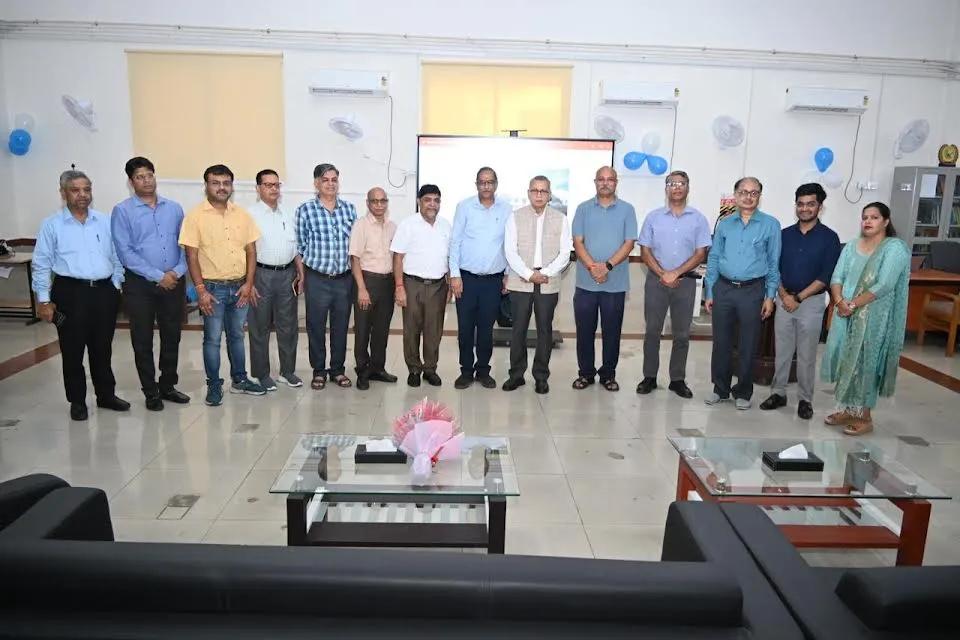Gothenburg (Sweden): The number of species of the green alga sea lettuce in the Baltic Sea region and Skagerak is significantly more than was previously thought. Twenty kinds of sea lettuce were discovered after 10,000 kilometres of the coast were studied by the University of Gothenburg researchers.
Green macroalgae of the genus Ulva, also known as sea lettuce, are almost ubiquitous in the wider Baltic Sea region and can be found from the Atlantic waters all the way up to the Bay of Bothnia in the Baltic Sea. Sea lettuce reproduces easily and grows quickly, which makes it interesting for an expanding aquaculture industry. Research is ongoing both in Sweden and abroad for utilising sea lettuce in the food industry and for different biochemical applications.
There are multiple species, but until now it has not been known how many there are and previously only a handful had been identified.
Invasive species identified
"We have studied the biological diversity of the Baltic Sea, Kattegatt and Skagerak by taking a large number of samples from sea lettuce that we have then conducted DNA analysis of. We found 20 unique species and subspecies. Three of these are invasive species that have found their way here in various ways," says Sophie Steinhagen, a researcher at Tjarno Marine Laboratory.
The researchers also found completely new species of sea lettuce in Swedish waters that have not previously been described scientifically. Some of these appear to only grow in the Baltic Sea. The importance of this survey is significant. Growing sea lettuce as a food source is a rapidly increasing industry, and foreign species risk being spread through simple ignorance. To maintain and protect valuable ecosystems along the coasts, it is important to know which species grow there and to not introduce new species that risk out competing the native species.
Grow the right species in the right place
"Our study shows that today's method of identifying species, which is often done by looking at the appearance of green algae, is insufficient for identifying the distribution of the various species. We have not been able to see the real extent of the biological diversity," says Steinhagen.
The inventory discovered many new species, information that can be valuable when cultivation of sea lettuces is initiated in new places along the coast. It is important to grow the right species at the right place to avoid the risk of impacting diversity.
"This new knowledge allows us to develop methods for maintaining the unique sea lettuce species along a specific coast. Our survey can also help when writing regulations related to invasive species that should not be used in aquaculture if it is to be sustainable," says Steinhagen.
Facts about sea lettuce
Sea lettuce consists of many species of the green algae Ulva. In Sweden, sea lettuce grows on cliffs and rocks at the edge of water along the entire West Coast and in the Baltic Sea up to the Bay of Bothnia. Sea lettuce is very nutritional with relatively high protein content, healthy polyunsaturated fatty acids and dietary fibres. It also has valuable biochemical molecules. Research is ongoing both in Sweden and abroad for utilising sea lettuce in the food industry and for different biochemical applications. —ANI

